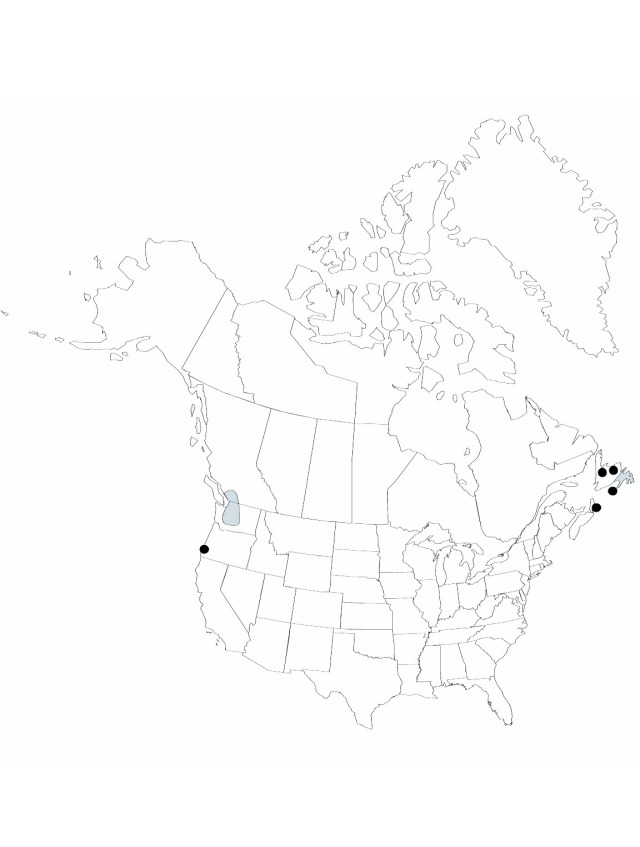Juncus bulbosus
Sp. Pl. 1: 327. 1753.
Herbs, perennial, cespitose, often with basal bulblike swellings, occasionally appearing rhizomatous, 0.3–3 dm, to 10 dm when floating or submersed. Culms erect or decumbent and rooting at nodes, or floating, terete, 1–2 mm diam., smooth. Cataphylls 1, straw-colored, apex acute. Leaves: basal 1, cauline 0–1; auricles 0.4–1 mm, apex acute, scarious; blade terete, occasionally filiform, flaccid, forming carpets, 2–10 cm × 0.8–1.4 mm. Inflorescences terminal racemes of 1–8 (–30) heads, or single head, 2–10 cm, branches erect; primary bract erect; heads 2–6 (–15) -flowered, obconic, 4.5–6.5 mm diam. Flowers often forming bulbils; tepals pale-brown, ovate to lanceolate or inner oblong, 2–3.6 mm, nearly equal, apex acute to obtuse; stamens 3 or 6, anthers 3/4 to equal filament length. Capsules equaling perianth or exserted (to 0.5 mm beyond tepals), chestnut-brown, 1-locular, cylindric, 2.5–4 mm, apex obtuse proximal to beak, valves separating at dehiscence. Seeds ellipsoid, 0.5–0.6 mm, not tailed; body clear yellowbrown.
Phenology: Fruiting mid summer–early fall.
Habitat: Margins and siliceous or peaty shores of pools and streams, often floating
Elevation: 0–200 m
Distribution

Probably in North America, St. Pierre and Miquelon, B.C., Nfld. and Labr. (Nfld.), N.S., Oreg., Wash., Europe, n Africa
Discussion
Selected References
None.
Lower Taxa
"/4" is not declared as a valid unit of measurement for this property.